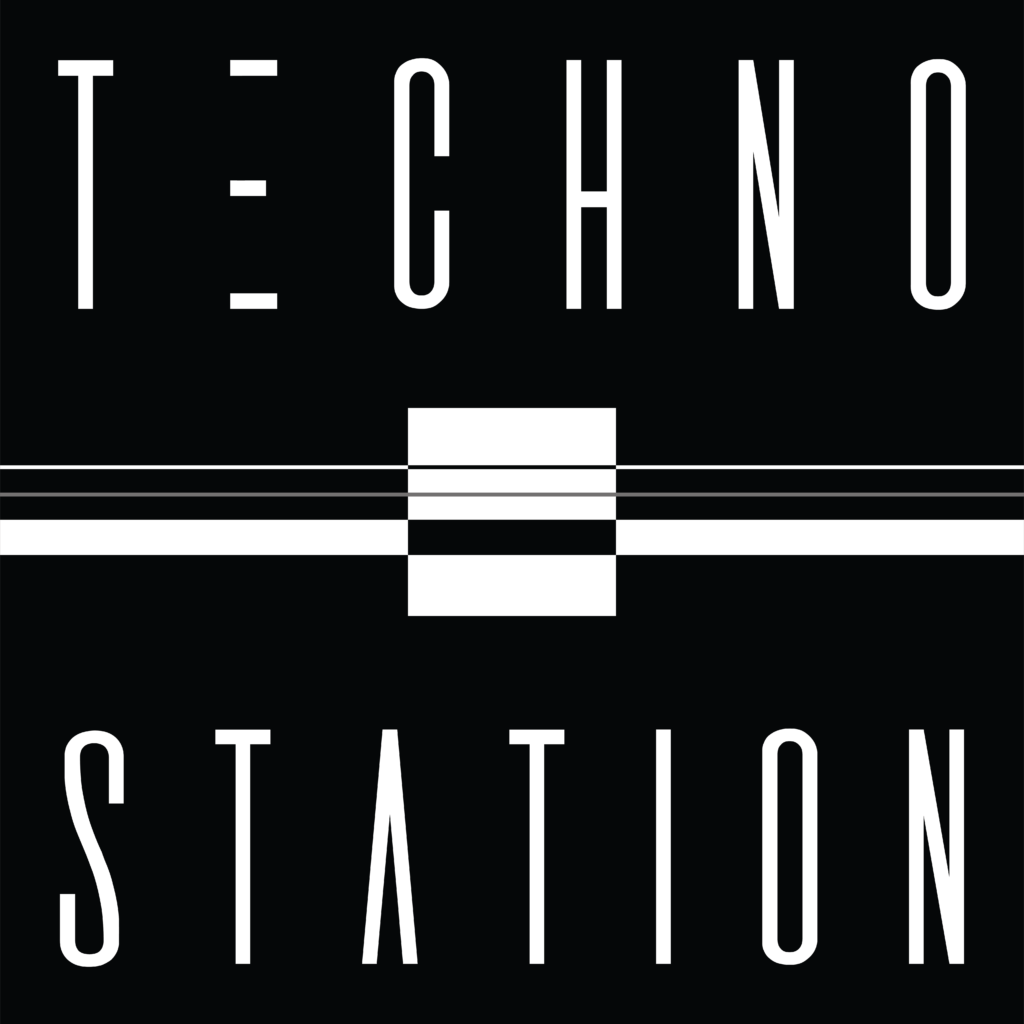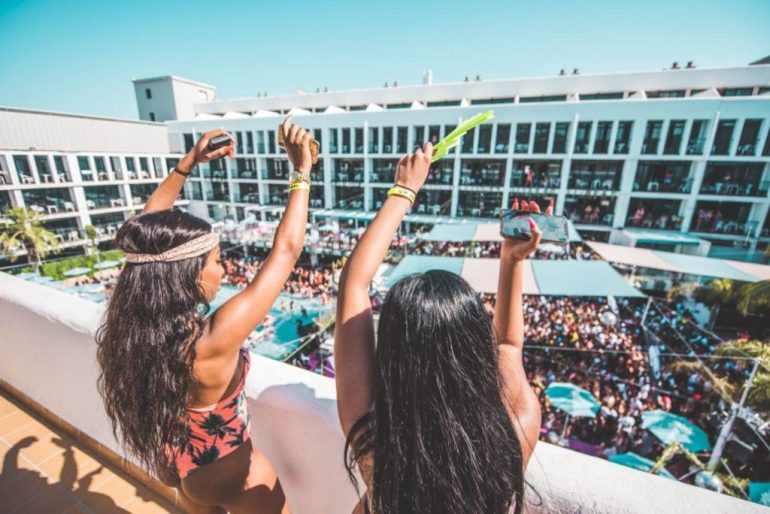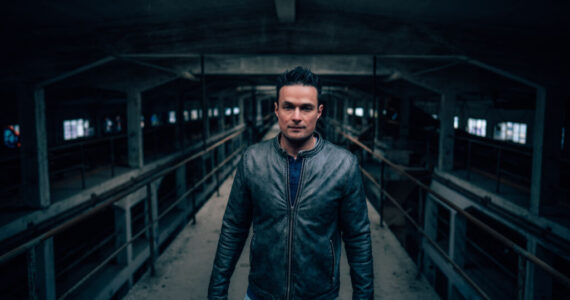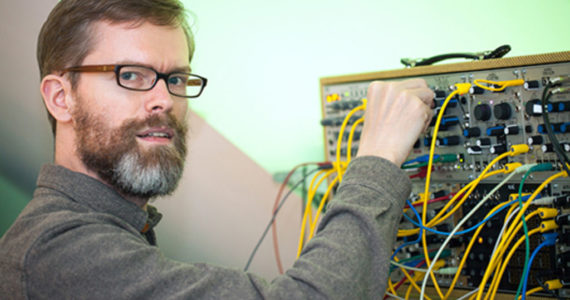A new study finds that use of illegal drugs other than marijuana was about 20 percent higher among teenagers who attend raves, compared to those who don’t.
In addition, those who go to raves were more likely to report more frequent use for each of 18 drugs asked about in a survey.
Deaths among attendees of electronic dance music festivals (“raves”) have gone up in recent years, but no nationally representative studies have looked at potential associations between nightlife attendance and drug use.
A new study, published in Drug and Alcohol Dependence, is the first to examine the sociodemographic correlates of rave attendance and relationships between rave attendance and recent (12-month) use of various drugs in a representative US sample of high school seniors.
The study uses data from Monitoring the Future (MTF), a nationwide ongoing annual study of the behaviors, attitudes, and values of American secondary school students. The MTF survey is administered in approximately 130 public and private schools throughout 48 states in the US. Roughly 15,000 high school seniors are assessed annually.
This study uses MTF responses from 2011 to 2013, examining data from a total of 7,373 students who, in addition to reporting their sociodemographic data, alcohol and drug use, were asked how often they attended raves.
Researchers compared rates of recent use of various drugs according to whether or not any rave attendance was reported. They also examined differences by more frequent use (defined as use six or more times a year), and they also examined differences in use by level of rave attendance.
Read more here.
7.7% GO TO RAVES MONTHLY
“One out of five students reported ever attending a rave, and 7.7 percent reported attending at least monthly,” says Joseph J. Palamr, a researcher affiliated with the New York University’s Center for Drug Use and HIV Research (CDUHR) and an assistant professor of Population Health at NYU Langone Medical Center (NYULMC).
“Females and highly religious students were less likely to attend raves, while students residing in cities, students with higher income, and those who go out for fun multiple times per week were more likely to attend.
“Use of each illicit drug other than marijuana was at least twice as prevalent among rave attendees, and the common “club drugs” ketamine and GHB were both almost six-times more prevalent among attendees,” says Palamar.
“Higher frequency of rave attendance was consistently associated with higher odds for reporting recent use of each of the drugs assessed, especially use of the party drugs LSD, ketamine, GHB, and methamphetamine.”
A major limitation of this national data Palamar and his team analyzed was that the students who were asked about rave attendance were not asked about use of ecstasy (MDMA, commonly referred to as “Molly”). In addition, he cautions that the survey questions they examined did not define “rave” for the students so it is unknown whether all respondents considered dance festivals or nightclub parties “raves.”
“Our research findings shouldn’t be used to label or stigmatize the latest generation of nightlife and festival attendees. While rates of use are in fact higher in this population we need to keep in mind that two-thirds of rave attendees reported that they did not use drugs other than marijuana,” notes Palamar.











